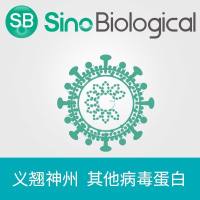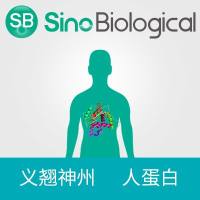Genetic-Engineered Models of Skeletal Diseases I: Collagen Type X
互联网
互联网
相关产品推荐

Capsid L1重组蛋白|Recombinant Human Papilloma Virus type 16 (HPV 16) L1 protein (VLP)
¥3220

Recombinant Human COL6A3 / Collagen-VI Protein | 重组人 COL6A3 / Collagen-VI 蛋白
¥4520

RYR1/RYR1蛋白Recombinant Human Ryanodine receptor 1 (RYR1)重组蛋白(RYR-1)(RyR1)(Skeletal muscle calcium release channel)(Skeletal muscle ryanodine receptor)(Skeletal muscle-type ryanodine receptor)(Type 1 ryanodine receptor)蛋白
¥2328

Recombinant-Zygosaccharomyces-rouxii-Genetic-interactor-of-prohibitin-7-mitochondrialGEP7Genetic interactor of prohibitin 7, mitochondrial
¥10934

Creatine kinase B重组蛋白|Recombinant Human CKB / Creatine kinase B type Protein (His Tag)
¥2570
相关问答

